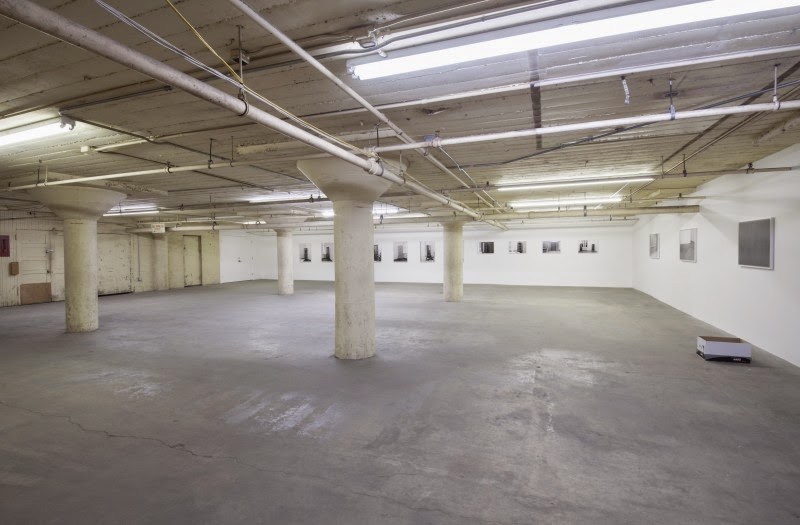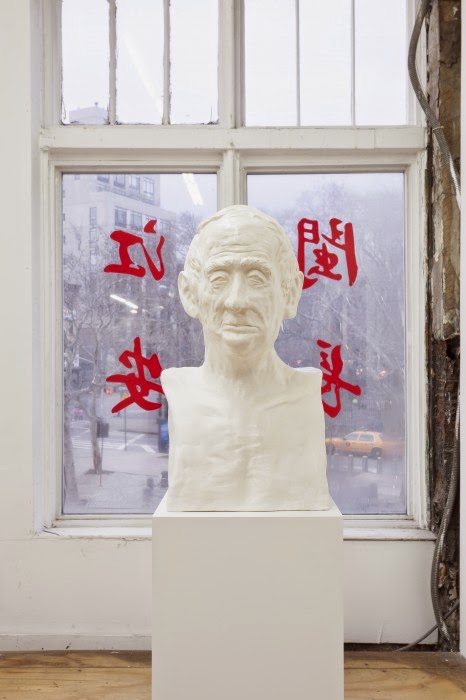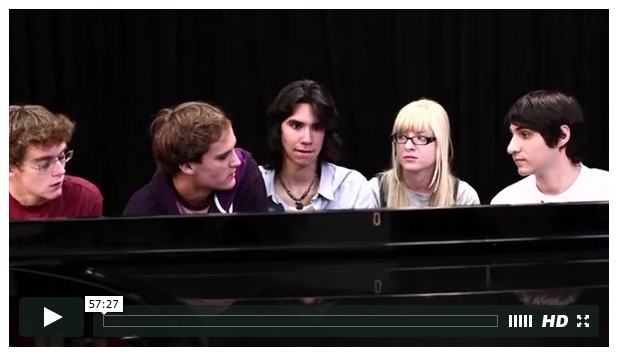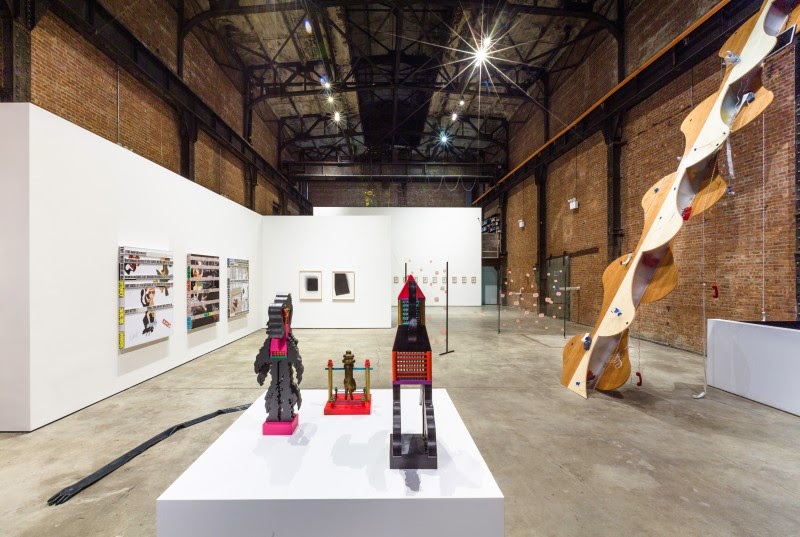
(link)
Mayerson isn’t going abstract. The paintings date over the last number years, mostly 2012, first exhibited together here, and as PR attests some were included in Whitney Biennial’s figure salon.
Mayerson’s proliferating archive of painted images - assiduously maintained on a personal website over a decade of work - swelling over the years, slow roaming among variations, genres, and means, and began pre-Instagram - Mayerson already ascertained the cheapness of the image, in which individuals were trumped by the accumulation and abutment of contents. Each image maintains a content modular in relation to its cohorts, here a full meltdown. An archive of cultural attenuation that, like the Biennial’s recent install, “a non-linear narrative we are asked to complete ourselves.” To become our own detectives of what the gooey form of what his “American Dream”, Mayerson’s, the son of a psychoanalyst, could mean, dripping like clocks, “to channel my subconscious into my paintings and make it ‘real,’” like seeing faces in the wood, like seeing the faces Mayerson sees, like what representational painting represents.
See too : Jana Euler at Kunsthalle Zurich , Jim Shaw at Metro Pictures









.jpg)















